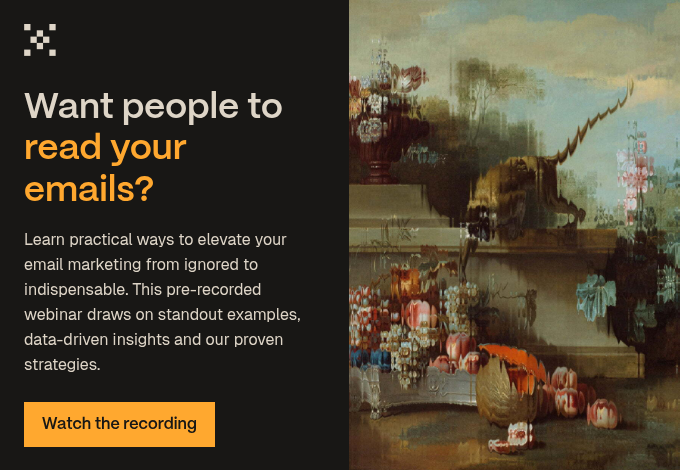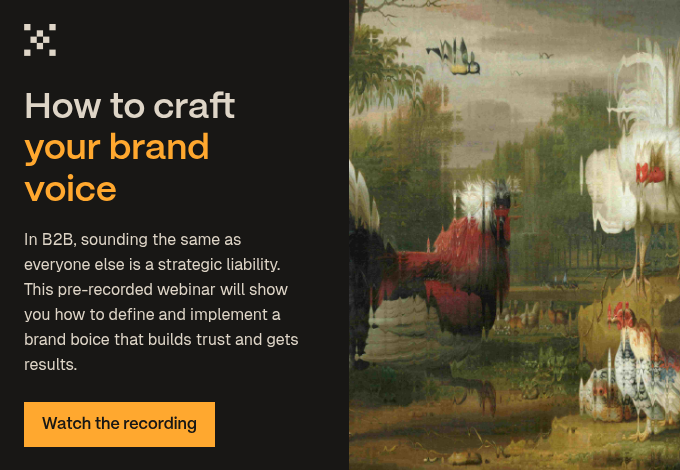How to edit. Everyone has their own views on this topic. Do you tell it straight? ‘Sandwich’ criticism between two compliments? When is a piece of writing actually finished?
At Articulate, we edit one another’s copy all the time, and we also receive edits from our clients (who might not be writers). Often, this constructive criticism is motivating. It makes the work better. Sometimes, though, a comment on a Word document can ruin your afternoon. Or, at least, it leads to an aggressively made cup of tea.
Here are some non-constructive examples of feedback gone awry, along with constructive alternatives. All examples are fictional.
Editing example #1: Vague questions and meandering
(No need to squint! Click the images to view expanded versions.)

Some people think that direct language is too abrasive and so they go too far the other way. They couch their point with apologies, self-doubt and words like ‘maybe’, ‘possibly’, ‘might’ and ‘could.’ This doesn’t give the writer a clear idea of what the editor wants them to do.
Also, if the editor doesn’t understand something or thinks further explanation is needed, they themselves need to express exactly what’s missing. One-word questions like ‘Why?’ or ‘What?’ don’t cut it. As with the above issue, the action the writer should take is undefined.
Here’s the alternative reality:

Editing example #2: Ignoring anything positive

It’s well-known in the world of psychology that our brains have a negative bias. This means that we’re more attuned to negative experiences. In a happy marriage, for example, there are five positive interactions for every one negative one. We recall embarrassing memories with total clarity. We notice the single hair out of place. We point out flaws more than we compliment.
The key to constructive feedback lies in overriding this tendency. Make time to look at what’s good about the work:

Editing example #3: Why not Google it?
Our CEO Matthew Stibbe happens to run a wine-selling business called Vincarta, so here’s a relevant example:

Let’s do a quick Google, shall we?
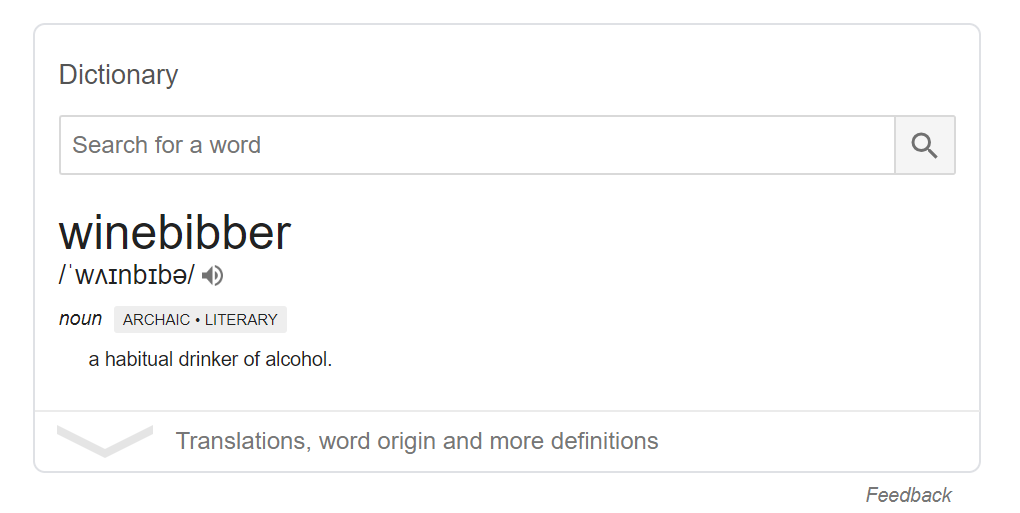
The Oxford English dictionary agrees:
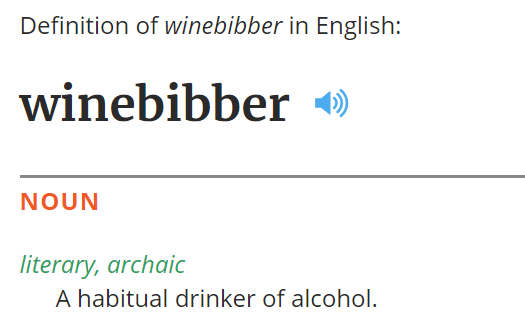
Now – probably – it’s too on-the-nose to say this piece of feedback actually comes from someone who hasn’t got the power of a search engine at their fingertips. Likely, what they mean is ‘this word is too unusual’ or ‘this word doesn’t fit with the tone of the piece’ or something like that.
It’s vague feedback (see example #1) disguised as innocent confusion. You’d be surprised how often this happens.
So, mean what you say:

Editing example #4: Structural feedback from the technical expert
We often write for clients in the tech world. Tech is a complex subject. It’s ever-changing, and new jargon seems to appear every day. We’re writers. We know about writing. And, thanks to lots of experience, we know how to talk about tech. But, we still like to make sure we have all the details correct. For that, we like to talk to a subject matter expert in advance of writing a piece, and then get their feedback when we’ve written a draft.
However, we don’t need to hear this from a techie:

There’s a reason we don’t delve into every feature of a cloud-based service. We’ve talked about it before. The business decision-makers who are reading this copy aren’t techie people either – they’re business people. They want to know about benefits. They ask questions like, ‘How will this save me money?’ or ‘How will this make my employees more productive?’ or ‘How does this keep me competitive?’
Just tell us if we got something wrong, please.
Editing example #5: Forgetting the human at the other end

Ouch. Especially if you’ve never met the writer face-to-face, it’s all too easy to forget that a human being is reading your edits. Like anonymous YouTube commenters who offer their unfiltered thoughts on the uploader’s weight, outfit-choice or voice, it can be easy for an editor to ‘forget’ to be nice.
Writing is quite an emotional experience. You write, therefore you are. Hurtful words can cut deep for someone who has put effort into a creative endeavour. You don’t have to be jumping with joy about writing you hate just to appease someone’s feelings, though. Keep a neutral tone and explain your thoughts in a reasonable way, that’s all.
Try imagining you’re speaking to that person face-to-face:

Editing example #6: Too many cooks
It’s just little old me here, so try to imagine this example has more than one person talking in the Word document comments. They say if you talk to yourself it’s the first sign of content marketing…
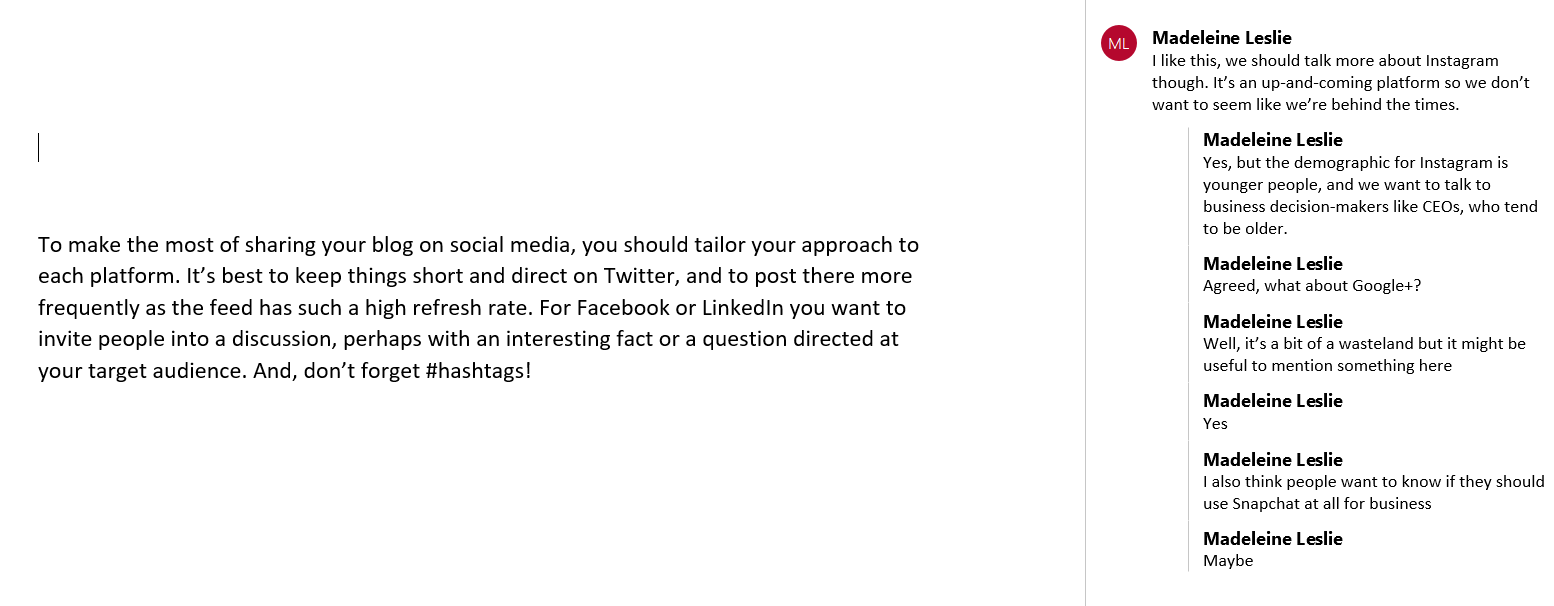
Tell me, what is the writer meant to think in this example? These people have decided to have a whole conversation in the Word document comments, but they haven’t actually told the writer what they would like to change.
If there is more than one person editing a document, ensure all feedback is presented in a concise, cohesive way. That is, it’s short and it makes sense.
Like this:

So, do you think you’ve ever been guilty of providing non-constructive feedback?
It happens to everyone. You were in a rush or you didn’t think. We’ve all done it. Sometimes, if an editor and writer have worked together for a while, there’s a level of intuition and understanding that overrides these editing rules. Often, however, it’s best to strive for clear, constructive editing. Just in case.
With that, we welcome your feedback.

 Posted by
Maddy Leslie
Posted by
Maddy Leslie





